Does the business you started with passion now feel like a daily battle against your own dwindling energy? If you’re an entrepreneur, creator, or founder, you know the feeling. The initial fire that fueled late nights and ambitious goals starts to flicker, replaced by a persistent exhaustion that coffee can’t fix. This is entrepreneur burnout, and it’s a silent enemy on the path to success.
But let’s reframe this: Burnout isn’t a sign of failure or a lack of passion. It’s a sign that your strategies are no longer serving you. It’s not about working less; it’s about working smarter with your most valuable asset. Forget time management for a second. We need to talk about energy management techniques. Your energy—not your time—is the finite resource that truly dictates your output, creativity, and resilience.
Learning how to protect your energy is the most critical skill you can develop. It’s the key to transforming your hustle from a sprint toward exhaustion into a sustainable marathon. Here are five practical, actionable ways to build your burnout shield, starting today.
1. Master the Art of “No”: Your Strongest Energy Shield
As an entrepreneur, the instinct is to say “yes” to everything: every new project, every collaboration, every networking event. We’re wired to see opportunity everywhere. However, every “yes” to an external demand is an implicit “no” to something internal—your rest, your focus, your own priorities. This is a fast track to feeling drained and overcommitted.
Why it’s crucial: Learning how to set boundaries is the ultimate act of self-respect. It ensures that when you do say “yes,” it’s enthusiastic and aligned with your core mission. It’s the foundation of a healthy work-life balance and a clear sign that you are in control of your schedule, not the other way around.
How to implement it:
- Define Your Priorities: Clearly identify your top three goals for the quarter. When a new request comes in, ask yourself: “Does this directly serve one of my top priorities?” If not, the answer should likely be no.
- Communicate Gracefully: You don’t need harsh refusals. A simple, “Thank you for thinking of me, but my plate is full with my current priorities right now” is both polite and firm.
- Offer an Alternative (Optional): If appropriate, you can soften the “no” by redirecting: “I can’t take this on, but have you considered [another person/resource]?”
2. Identify and Neutralize “Energy Vampires”
Energy vampires aren’t mythical creatures; they are the people, tasks, and situations in your life that consistently leave you feeling depleted. It could be a client who complains endlessly, the constant ping of social media notifications, or the dread-inducing administrative task you keep procrastinating on. These drains are a major threat to the mental health for creators.
Why it’s crucial: Recognizing where your energy is leaking is the first step to patching the holes. By consciously limiting your exposure to these drains, you reclaim a significant amount of mental and emotional bandwidth that can be reinvested into work that truly matters.
How to implement it:
- Conduct an Energy Audit: For one week, keep a simple log. At the end of each day, note which interactions or tasks left you feeling energized versus drained. The patterns will quickly become obvious.
- Set Interaction Limits: You don’t have to cut people out completely. Instead, set time limits. For a draining client, keep calls to a strict 15-minute agenda. For social media, use app timers to limit scrolling.
3. Schedule “Nothing” into Your Calendar
Look at your calendar. Is it a back-to-back wall of meetings, tasks, and obligations? The entrepreneurial mindset tells us that an empty slot is wasted time. The reality is that a lack of empty space is the fastest way to avoid burnout. Scheduling “nothing”—pockets of unstructured time—is essential for mental recovery and creative breakthroughs.
Why it’s crucial: Creativity doesn’t flourish in a cluttered mind. Those “aha!” moments often come when you allow your brain to wander, connect disparate ideas, and simply breathe. This downtime isn’t laziness; it’s a strategic part of the creative and productive process.
How to implement it:
- Block It Out: Schedule 30-minute “whitespace” blocks in your calendar 2-3 times a week. Treat them with the same importance as a client meeting.
- Have No Agenda: During this time, resist the urge to be “productive.” Go for a walk without a podcast, stare out the window, or just sit in silence. Let your mind be free.
4. Establish Concrete Workspace Boundaries
When your office is your living room, the lines between work and life blur into non-existence. Without clear physical and digital boundaries, your brain never truly gets the signal to switch off, leading to chronic stress and a feeling of being perpetually “on.”
Why it’s crucial: Physical separation creates mental separation. To truly rest and recharge, you need to be able to close the door on work—both literally and figuratively. This is fundamental to preventing your business from consuming your entire life.
How to implement it:
- Create a Designated Workspace: Even if it’s just a specific corner of a room, have a spot that is only for work. When your workday is over, physically leave that space.
- Implement a “Shutdown” Ritual: At the end of your workday, create a routine. Close your laptop, tidy your desk, turn off work notifications on your phone, and say, “Work is done for the day.” This signals to your brain that it’s time to disengage.
5. Celebrate Your Wins—Especially the Small Ones
The entrepreneurial journey is a relentless pursuit of the “next.” The moment you hit a milestone, your focus immediately shifts to the next, bigger goal. This constant forward-looking robs you of the satisfaction and motivational fuel that comes from acknowledging progress.
Why it’s crucial: Celebrating wins, no matter how small, reinforces a positive feedback loop in your brain. It builds momentum, combats imposter syndrome, and reminds you that your hard work is paying off. This practice is a powerful antidote to the feeling that you’re just spinning your wheels.
How to implement it:
- Keep a “Win” Journal: At the end of each week, write down three things you accomplished that you’re proud of. They don’t have to be monumental.
- Reward Yourself: Link accomplishments to small rewards. Finished a difficult proposal? Take an hour to read a book. Onboarded a new client? Treat yourself to your favorite coffee.
Your Ultimate Guide to Building Boundaries
These five shields are your first line of defense. But if you’re ready to go deeper and build an impenetrable system to protect your energy and master these concepts, The Boundaries Blueprint: Protect Your Energy, Strengthen Your Relationships is your complete guide. It provides the frameworks, scripts, and in-depth strategies to help you reclaim your power and build a business that energizes you instead of draining you.
Ultimately, your success as an entrepreneur depends on your well-being. Start building your shield today, because the most important asset in your business isn’t your time—it’s your energy. Protect it fiercely.






